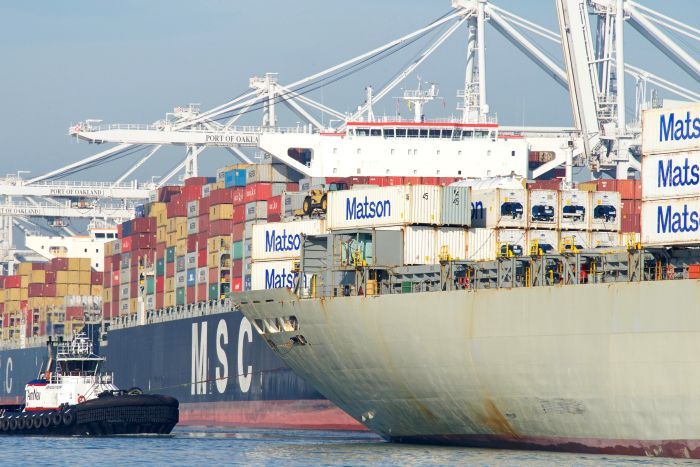
By now, we all know what a bill of lading is, the types of bills of lading and the duties of a bill of lading. If not, please read the related articles.
In the early 16th century, this term “bill of lading” It entered formal English usage, with Merriam-Webster listing its first known use in 1532.
This coincides with the period when English merchants and ship captains began to issue signed cargo receipts as separate documents.
Surviving records from the 1530s, including the 1538 Admiralty Court case that “bill of lading” affirms that in the reign of Henry VIII. bill of lading It used to be a fixed document in English business and law.
In this article, Ahmed Aytoghan He displays one of the old bills of lading that he has from 1703.
Document type: bill of lading
Document language: French
Date: August 16, 1703
Port of loading: Marseille
🔹 Discharge Port: Good
🔹 Transport ship: Barki Saint Nicholas
🔹 Teacher: Jean-Baptiste Clery of Set
🔹 Senders: Mr. Pélissier & Ricard from Marseille
🔹 Delivery recipient: Mr. Joseph Boyce
🔹 Cargo: two bales of fabric shop (marked with number 2.3)
🔹 Bar: not specified (but the phrase “Qu’il Payera de nolis quinze sols couronne par autre…” (representing partial payment for shipping)
The text of the original bill of lading (translated from French)
Jesus, Mary, Joseph.
in Marseilles, on April 16, 1703
In the name of God and for good delivery, in the harbor and port of this city, by Messrs. Pélissier & Ricard of Marseilles, and for the sake of those it may concern, loaded on a barge named. Saint Nicholasto be carried and delivered by order of Captain Jean-Baptiste Clercy of Cites, God willing, Messinaand addressed to Mr. Joseph Boyce, or any person acting on his behalf, the goods here mentioned:
viz: 2 bales marked ND Dijon, drapery, Nos. 2 and 3;
The said goods are loaded in the said barque, well conditioned, and countermarked: and God willing, a fare of fifteen crowns of Sol, and without any other deception, shall be paid in the said Messina by Mr. Boyce, or whoever acts for him, without wet or damage.
Jean-Paul Clerc, Pisto for my father
Academic analysis
This bill of lading, dated April 16, 1703, issued at Marseilles, is a valuable document of the maritime trade of the ancien régime. It illustrates many fundamental aspects of pre-modern commercial transportation.
First, the invocation of “Jesus, Mary, Joseph” above indicates the deeply religious character of commercial activities in the 17th and 18th centuries. This religious authority not only reflects social norms, but also serves as a symbolic mechanism for transferring part of the risk or responsibility to the divine will in case of maritime hazards.
The document clearly identifies the ship (A barque named Saint Nicholas) and its captain, Jean-Baptiste Clery of Cité, which confirms the need for accountability in shipping operations. The senders mentioned (Messrs. Pélissier & Ricard) and receiver (Mr. Joseph Bost) shows that this bill of lading fulfills all three traditional functions: receipt of goods, proof of contract of carriage and document of title.
The legal tone of the document is particularly evident in para “Without anything wet or damaged” Reflecting the responsibility of the shipowner to take proper care of the cargo – although still in a pre-modern legal framework lacking codified international conventions such as the Hague-Visby.
Shipping rate – Fifteen years of tour writing – It reflects the monetary context and cost structure of the time, as it was common in the past for the bill of lading to reflect the freight charges paid.
signature Jean Paul Clary for my father Victor A strong indication of family business representation is common in Mediterranean business networks.
The use of this image and text is prohibited without the written permission of the author, Ahmed Aytoghan.
About the author: Ahmed Aitghan, born in 1963, is an industry veteran living in Türkiye and an avid collector of bills of lading, especially old bills of lading. He entered foreign trade and container shipping in 1985. His bill of lading collection includes about 1200 bills of lading. The first bill of lading exhibition at Besiktas Maritime Museum in Istanbul for four days.



